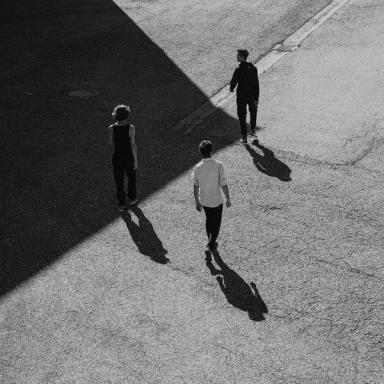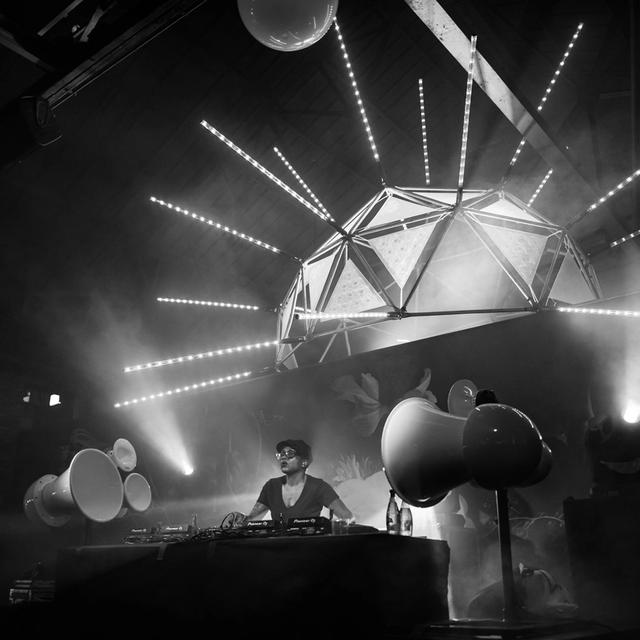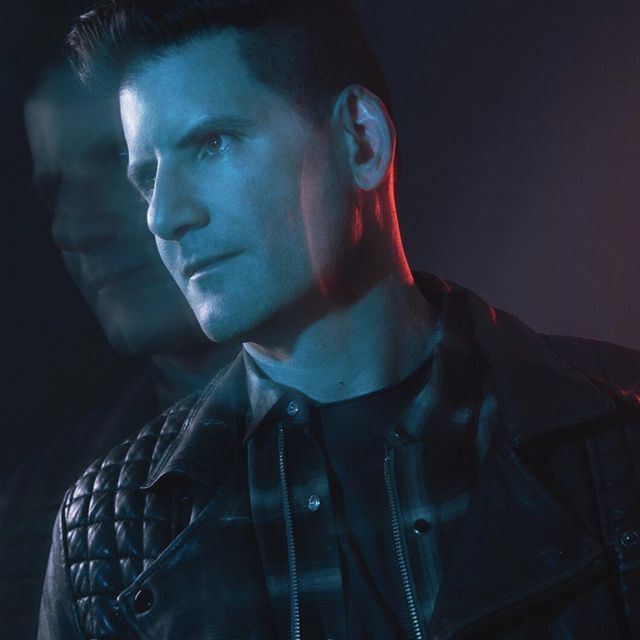Artist Spotlight
Being a truly inventive musician in 2022 is challenging. But Klangphonics, aka Markus Zunic, Maxl Walmsley-Pledl, and Ben Kopfnagel – reveal that it’s not an impossible task. Since forming in Germany six years ago, the band has developed a sound that blends drums, guitar, and diverse percussion with synths and sequencers; the result is deep house and melodic techno that feels organic and alive. The band’s unique sound is rooted in a diverse musical upbringing. Kopfnagel’s dad introduced him to Prince, ACDC, and Coldplay. After learning to play drums at age five, he tried to emulate the grooves and patterns heard on Green Day records. For Walmsley-Pledl, it was The Beatles that drew him into picking up the guitar when he was eight years old. “With guitar, you end up going through the rock and metal phase just because it’s so much fun on the instrument, so from 12-16, I was really into metal and rock,” Walmsley-Pledl explains. Zunic likewise plunged into rock, metal, and German hip-hop in his teenage years. “As a child, I listened to the music that my parents listened to, which was 60’s hippy music. Then from the age of 12-13, I started making my own choices.” Their affinity with electronic music started later in life. Zunic first gravitated towards techno in the late 90s. Walmsley-Pledl didn’t engage with electronic music until after the trio met in 2016. For Kopfnagel, a trip to Music Meeting Festival in the Netherlands piqued his interest while also triggering his desire to pursue music as a full-time career. Listening to music at home can be enjoyable, but experiencing music live can be transformative. At a Hans Zimmer concert in 2015, Walmsley-Pledl’s perspective shifted to a career in music. “It made me realize how much more is possible, and how much more you can really do.” He, Zunic, and Kopfnagel decided to enroll in the same music college in Germany in 2016. They met a few weeks into the course and had their first jam sessions together. “With all of us we realized after our first try that, ‘OK, this is a good fit!’ We were pretty lucky to have met there,” Zunic recalls. Originally consisting of five members, the band first played jazz and funk. “None of us wanted to sing (or we couldn’t sing…)”, says Walmsley-Pledl. “One of the first things we noticed at our first gig was how much people like to dance. Songwriting went evermore in the direction of music that people could dance to.” The band’s sound gradually took on electronic tones and textures. During rehearsals, Walmsley-Pledl started plugging his guitar into synth pedals and noodled on an electric banjo doused in effects. Meanwhile, Zunic experimented by combining electronic effects with his saxophone melodies. The group eventually reached a crossroads. Unsure of whether to move in the direction of jazz or electronic music, they decided on the latter; electronic music energized their audiences and got people dancing as nothing else could. “At the end of the day, if you want to do it for a living, you need to have a product which people can relate to and understand,” Walmsley-Pledl explains. “What fascinated me about electronic music is that it’s such a mainstream music and it’s instrumental music.” The band hit the ground running with their first gig in a small college café for 40 or 50 people. They felt an immediate connection both amongst themselves and with their audience. By 2021, the group had excelled to new heights with the release of their debut EP, Songs to Try. The character and personality of Klangphonics developed through social media. Faced with the reality of being unable to play live during the pandemic, the group took an idiosyncratic approach to promoting themselves. Using household appliances like washing machines and hoovers, the band wrote, recorded, and uploaded dance tunes that mesmerized audiences worldwide. “It definitely felt like a breakthrough because we were getting a lot of engagement,” says Walmsley-Pledl. “It was a way for us to stand out from the crowd a bit more because you’re more likely to stop and watch something that says, ‘Techno on a Ukulele and a Bucket,’ rather than perhaps drums and guitar.” Despite the comedic appearance of the videos, the songs were undoubtedly good. “It only works if you have a good songwriter behind the ideas, and Maxl is one of the best I know,” Zunic explains. “Washing Machine Techno,” one of their most popular clips, exploits the brutal and industrial sound of the appliance as it whirs into motion. Combining acoustic instruments with dance music is no small feat on stage. For Kopfnagel, drumming in time while coming up with ways to be creative requires preparation. “We work with Ableton and we have a click track in our ears… [but] it’s easy to overdo it as a drummer, in the same way that it’s easy for Maxl to overdo it on guitar and play too many notes.” The band aspires to involve more instruments and collaborators in their future work. Frank Klassen, a ground-breaking electric cellist, featured on the band’s Instagram in early 2022 after recording an incredible cover of their track, “Great Plains.” But for now, the trio is focused on bringing their current live show to audiences further afield. After bridging the gap between band and producers and creating extraordinary music from ordinary objects, Klangphonics have proven their creativity to be boundless and their parameters non-existent.











